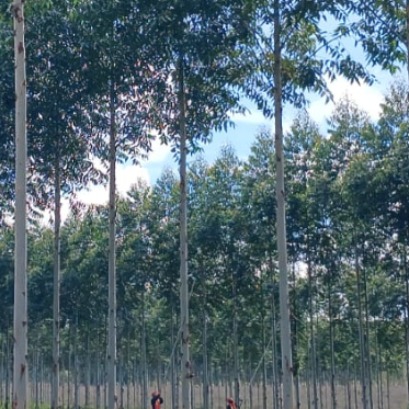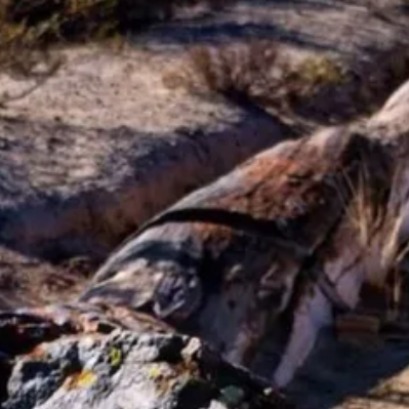
They discover a jewel of native flora and take care of it next to nation
It is a perimeter of 59 kilometers of Chacay, a kind of shrub that grows only in a Calingasta sector. Personnel of the Ministry of Environment made the first technical visit to a green space with special characteristics to corroborate its status and protect it. It is a chacay forest, an endemic species that grows only in one place in the province. Gustavo Mercado, director of Native Forest, said it is located in a Cordilleran area of ??Calingasta and in the red conservation category so you can only enter the place to carry out research activities.
He met his existence for bibliography and satellite images several years ago. But, just now visited the place to verify its existence and perform field work. ?Environment had incorporated this Chacay forest into the Native Forest Forest Territorial Planning Program by the satellite images obtained from it and other bibliographic information, but so far it was never visited. Now, we made a technical visit to corroborate its vegetative status and arbitrate conservation measures, ?said Gustavo Mercado. On the visit, according to the official, it was found that this Chacay forest covers a perimeter of 59 kilometers at the foot of the calingastina mountain range, which is in good vegetative condition and that, despite the fact that it is a kind of shrubs, it is They found specimens that exceed 5 meters high. Mercado said that these conditions, together to other parameters, are requirements to enter the Native Forest Program and obtain national funds for conservation. ?Being an endemic forest, that is, species that grow in a single site and being within the native forests program, receives nation funds for conservation. It is in the red conservation category, that is, only admission is allowed to perform scientific tasks, said Mercado. The official added that with the funds received for conservation, the entire perimeter was closed with wiring, the roses were eliminated Mosquetas that were in this space and that threaten the health of the Chacay, and a small cabin was restored that will house the personnel of the Native Forest Directorate to travel periodically to perform field work and control the income of people outside this distribution. ?Entry to this forest is prohibited to carry out sports and recreational activities. And the sanctions for the people who violate this provision and attentive against their conservation are planned, ?said Mercado.
IT MAY INTEREST YOU
 The second largest wetland in South America is located in Argentina: what is it?
The second largest wetland in South America is located in Argentina: what is it?
Argentina has national parks that place it in a unique position within South America, competing with 300 others. Which is the largest? South America is home to more than 300 national parks, but many go unnoticed. There are extensive wetlands that have been the subject of major ecological restoration projects, to coastal mountains with deep indigenous heritage. Today we tell you the case of one located in Argentina.
 Paraguay | The plantations became instruments of territorial development and the generation of decent employment, INFONA highlights.
Paraguay | The plantations became instruments of territorial development and the generation of decent employment, INFONA highlights.
Plantings in different phases, control of ants and weeds, pruning and thinning, mechanized harvest, technology applied to the field and complete integration of the production cycle were part of the CREA Forestal proposal in its Technical Update Conference – JAT Forestal 2025. The event took place on Friday, November 14, at Estancia Ñemity, located in San Juan Nepomuceno, Caazapá, where agricultural producers, technicians, contractors, students and companies in the sector met to observe the forestry business of the future in action.
 The forest of the oldest shadows: the story of the petrified trees
The forest of the oldest shadows: the story of the petrified trees
One of the natural treasures of Río Negro turns 23 years old under the protection law that allows its conservation. Where it is and how it was formed. Río Negro celebrates 23 years of conservation in the petrified forest as a Protected Natural Area (ANP). It is a space of 625 hectares that protects an exceptional site of fossil trunks that date back more than 60 million years.





















